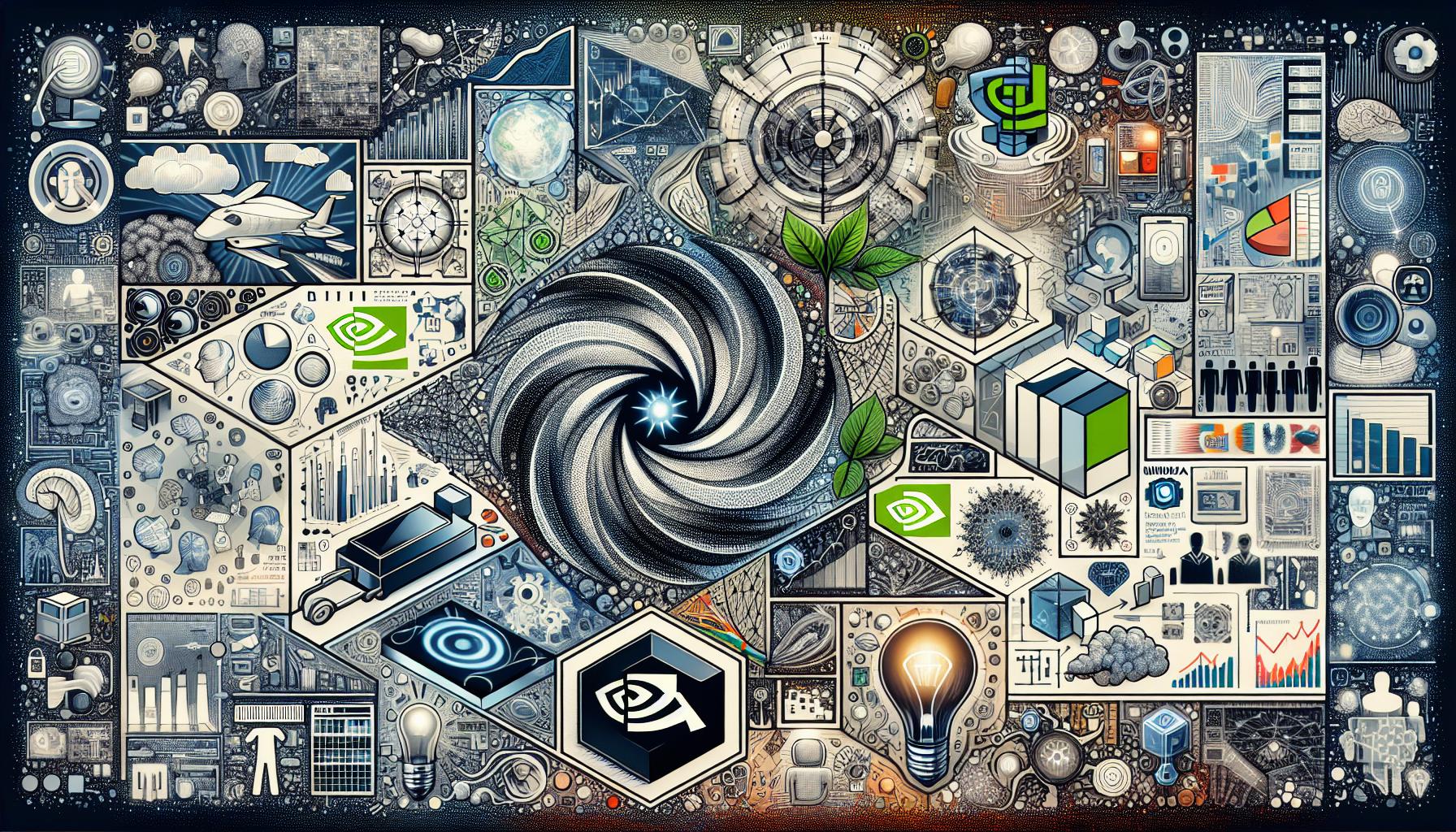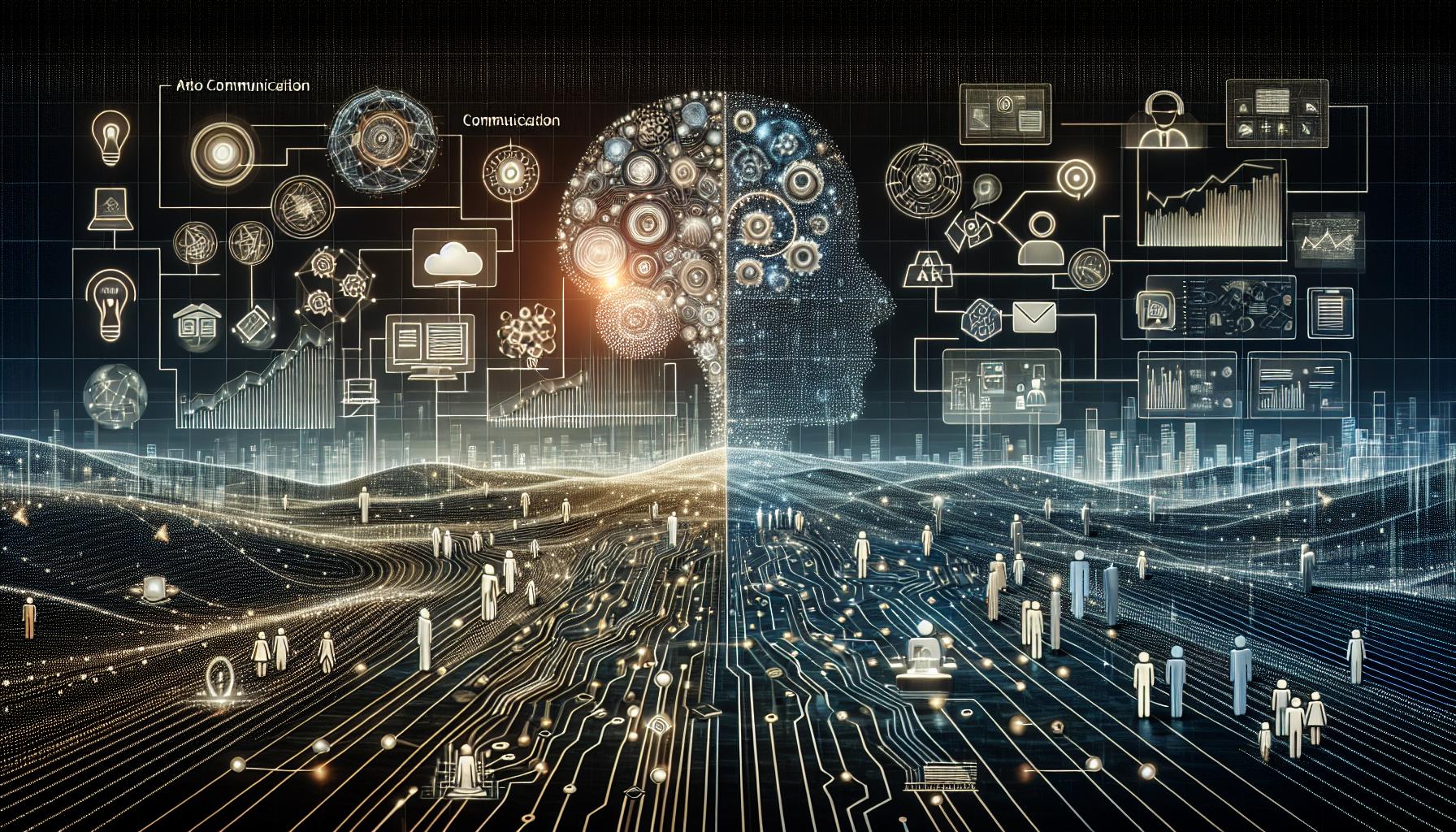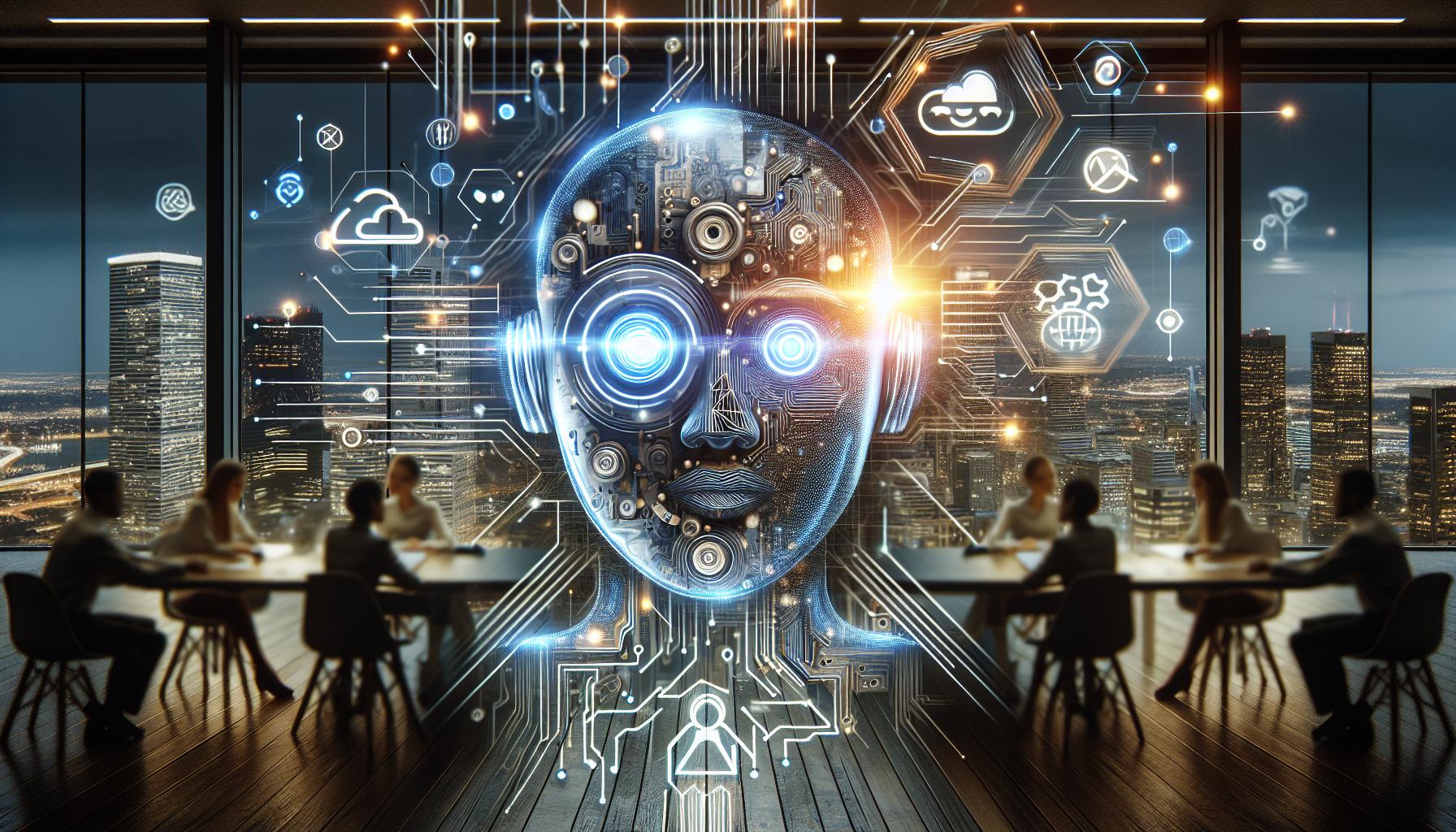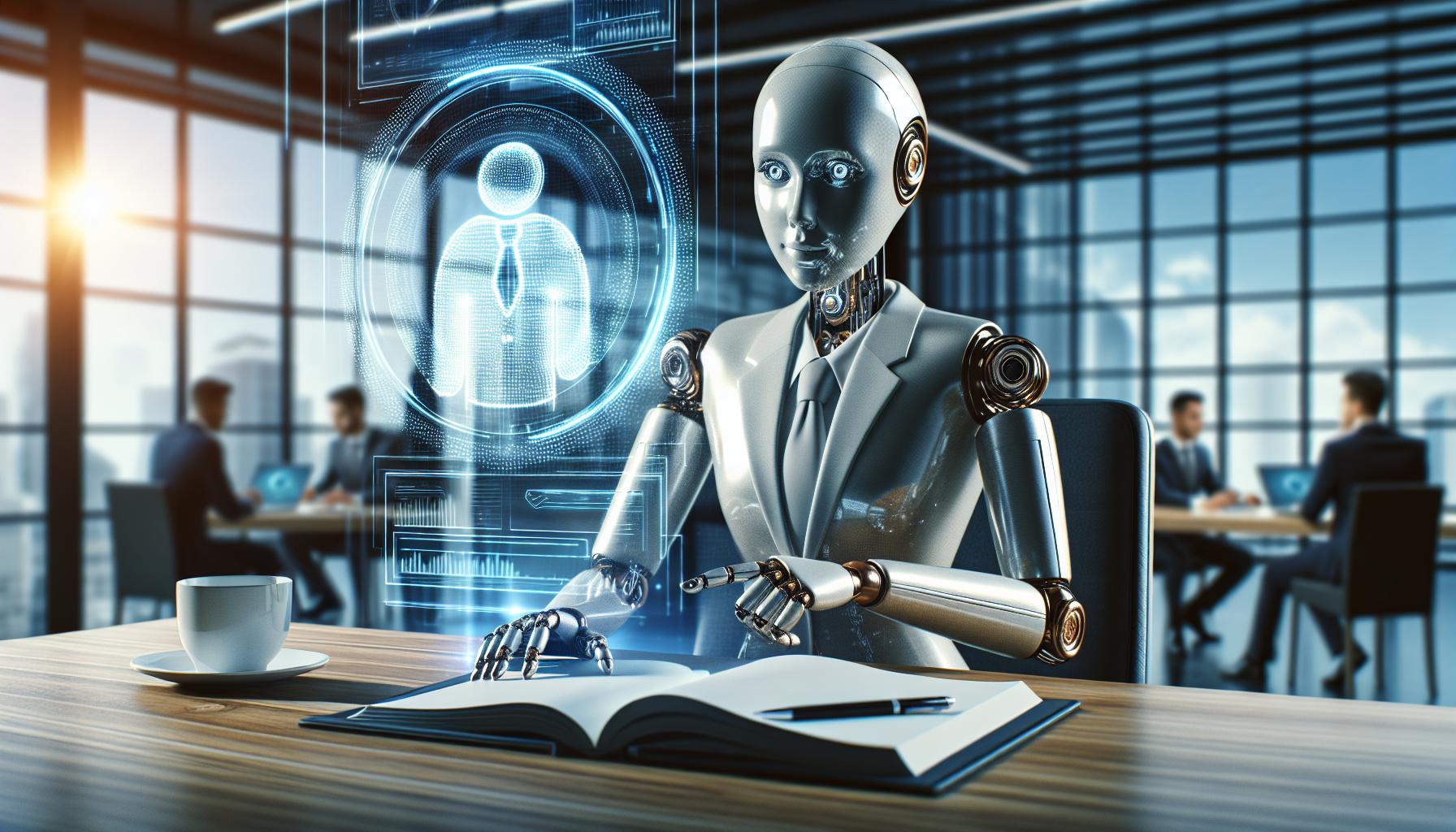AI Daily Digest: Ilya Sutskever's Safe Superintelligence Inc. and Key AI Developments

Introduction
The landscape of Artificial Intelligence (AI) is constantly evolving, with groundbreaking developments shaping the future of technology. In this A.I. Daily Digest, we highlight several key updates, including Ilya Sutskever's new venture, Nvidia's notable market capitalization growth, and various other industry advancements.
Ilya Sutskever's New Initiative: Safe Superintelligence Inc.
Ilya Sutskever, a prominent co-founder of OpenAI, has embarked on a new mission by establishing Safe Superintelligence Inc. (SSI). This new entity focuses on developing safe, superintelligent AI. The key aspect of SSI's mission is to ensure the creation of A.I. technology that is inherently beneficial to humanity, prioritizing safety and ethical considerations over near-term commercial gains.
The Team Behind SSI
Sutskever has assembled a formidable team comprising Daniel Gross, a tech investor and former member of Apple AI, and Daniel Levy, who has prior experience with OpenAI. Together, these three visionaries steer SSI with a commitment to achieving their mission. Their offices are located in two major tech hubs: Palo Alto, California, and Tel Aviv, Israel.
Approach and Vision
SSI's approach to A.I. development emphasizes safety, drawing parallels to the stringent safety measures implemented in the nuclear industry. By aiming to preemptively address and mitigate potential risks associated with superintelligent AI, SSI aspires to create advanced general-purpose A.I. that poses minimal threats to society.
Nvidia's Market Cap Growth
Amidst a general market cooldown as reported by the Financial Times, Nvidia has achieved a significant milestone by surpassing Microsoft to become the highest-valued public company globally. As of the report, Nvidia boasts a market cap of $3.34 trillion, underscoring its prominence in the A.I. sector.
Implications for the Broader A.I. Industry
Nvidia's ascendancy highlights the growing importance of A.I. hardware, showcasing the company's ability to capitalize on the surging demand for A.I. processing capabilities. This development sends a clear signal to the broader A.I. industry about the critical role of hardware innovation in advancing A.I. technologies. Competitors in the field may need to recalibrate their strategies to keep pace with Nvidia's rapid growth and market dominance.
AI Tools and Innovations
The A.I. landscape continues to witness rapid advancements with the introduction of various tools and innovations designed to optimize different aspects of A.I. development and implementation. Some notable tools recently highlighted include:
- RAG Workbench Beta: A tool for optimizing A.I. pipelines.
- Interactive Charts in Julius AI: Used for creating dynamic presentations.
- Bytebot: An automation tool for web scrapers.
- Tokencost: Estimates token prices in large language models (LLMs).
- Mojo-app: A tool for AI-driven logo animations and more.
Impact on the A.I. Ecosystem
These tools represent the constant innovation within the A.I. ecosystem, facilitating easier and more efficient ways of working with A.I. technologies. As these tools become more accessible, we can expect to see an acceleration in A.I. adoption across various industries.
Industry News
Several noteworthy developments have been reported in the A.I. industry, including:
- Dell's plan to build an A.I. factory using Nvidia chips to support xAI and Grok.
- Decagon's successful fundraising of $35 million for AI-powered customer service solutions.
- Growing concerns about the authenticity of 'open source' A.I. models.
- Chinese A.I. startups making inroads into the US market despite political tensions.
- A report by Accel and Dealroom identifying leaders in Generative A.I. (GenAI) in Europe and Israel.
- Apple's engagement with Chinese A.I. providers to mitigate the absence of ChatGPT in China.
- The lagging pace of software providers compared to hardware and cloud providers in the A.I. sector.
Market Dynamics and Competitive Landscape
These developments illustrate the dynamic and competitive nature of the A.I. sector, with companies continuously striving to innovate and secure a competitive edge. Whether through strategic partnerships, fundraising efforts, or market entry strategies, the A.I. industry remains vibrant and full of opportunities.
Strategies for Ensuring the Safety of Superintelligent AI
Given the profound potential impacts of superintelligent AI, ensuring its safety is paramount. Several strategies that Safe Superintelligence Inc. (SSI) might employ include:
- Ethical A.I. Frameworks: Developing comprehensive frameworks outlining ethical guidelines and principles for A.I. development and deployment.
- Robust Testing Protocols: Implementing rigorous testing protocols to identify and mitigate potential risks before deploying A.I. systems.
- Interdisciplinary Collaboration: Engaging experts from various fields, including ethics, law, and social sciences, to provide diverse perspectives on A.I. safety.
- Transparency and Accountability: Ensuring transparency in A.I. development processes and holding developers accountable for adhering to safety standards.
- Continuous Monitoring and Auditing: Establishing mechanisms for the continuous monitoring and auditing of A.I. systems to detect and address any emerging risks.
Nvidia's Growth and Its Impact on the A.I. Industry
Nvidia's remarkable growth and its position as the world's highest-valued public company have several implications for the broader A.I. industry:
Increased Investment in A.I. Hardware
Nvidia's success underscores the significance of A.I. hardware in the tech ecosystem. As a result, we can anticipate increased investment in developing and refining A.I. hardware components to meet the growing demand for high-performance A.I. systems.
Enhanced A.I. Capabilities
With Nvidia's advanced hardware solutions, A.I. applications can achieve higher levels of performance, enabling more complex and powerful A.I. functionalities. This, in turn, drives innovation and expands the potential use cases for AI.
Competitive Pressures
Nvidia's dominance places pressure on competitors to enhance their offerings and innovate to stay competitive. This competitive environment fosters rapid advancements and encourages companies to push the boundaries of A.I. technology.
Implications of Chinese A.I. Startups Entering the US Market
Market Diversification
The entry of Chinese A.I. startups into the US market introduces new players and diversifies the competitive landscape. This diversification can lead to increased innovation and a broader range of A.I. solutions available to consumers and businesses.
Geopolitical Considerations
Amidst ongoing political tensions between the US and China, the presence of Chinese A.I. startups in the US market brings geopolitical considerations to the forefront. Companies will need to navigate regulatory and trade dynamics carefully to succeed in this environment.
Collaboration and Competition
The interaction between US and Chinese A.I. companies could lead to both collaboration and competition. While partnerships may foster knowledge exchange and collaborative innovation, competition can drive each region to accelerate its A.I. advancements.
Conclusion
The A.I. industry is at a pivotal juncture, with significant developments shaping its trajectory. From Ilya Sutskever's Safe Superintelligence Inc. to Nvidia's market cap triumph and various industry innovations, the A.I. landscape remains dynamic and full of potential. As we move forward, it is crucial to prioritize safety, foster innovation, and navigate geopolitical considerations to ensure the continued progress and responsible development of A.I. technologies.




